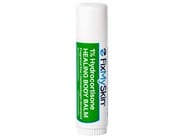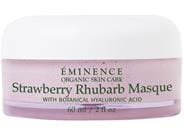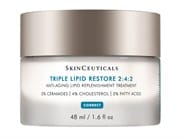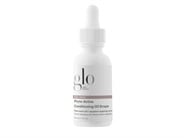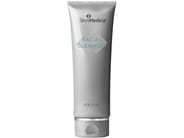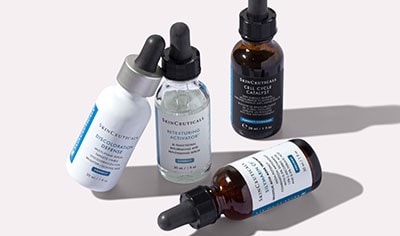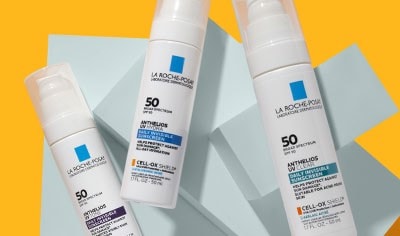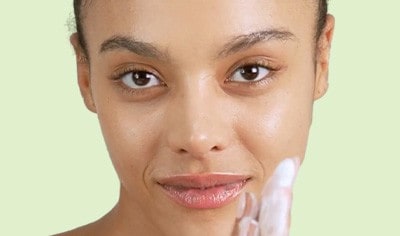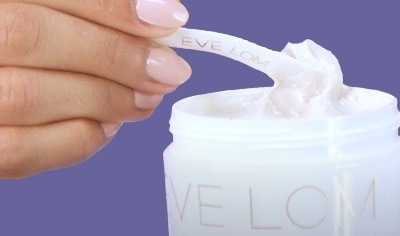When it comes to skin, the words dry and dehydrated are often used interchangeably, but they’re actually not the same thing. What you think of as dry skin might actually be dehydrated skin, or maybe, you’re actually dealing with both. With the help of board-certified dermatologist and LovelySkin CEO Dr. Joel Schlessinger, we’ll dig into the topic of dry vs. dehydrated skin by answering frequently asked questions such as:
When it comes to dry skin vs. dehydrated skin, they are often assumed to be the same concern, but they actually indicate two different issues occurring within your skin. If your skin is dry, it’s an indication that it’s lacking in natural oil in its outer-most layer, which plays a role in keeping your skin balanced and hold in moisture. Whereas, your skin is lacking water, or moisture, if it is dehydrated.
You might be wondering: How do I know if my skin is dry or dehydrated? “If your skin is dehydrated, you might notice that your skin looks dull, tired and fine lines and wrinkles may be more prominent,” Dr. Schlessinger says. “With dry skin, you might notice flakiness, redness or even a scaly texture in especially dry areas.”
If you seem to have symptoms across both categories, your skin could be both dry and dehydrated—lacking both moisture and oil. “It’s certainly possible to have both dry and dehydrated skin, and in fact, one leads to the other,” Dr. Schlessinger says. “If your skin is dry, it lacks the natural oils to keep adequate moisture levels in your skin, which can result in moisture loss and dehydration.” In this case, try mixing and matching products designed to address both issues. Keep reading to learn what products dermatologist recommend…
The best treatments for dehydrated skin contain hydrating ingredients, such as hyaluronic acid, glycerin and vitamin B5. These ingredients are humectants, meaning they help draw moisture into your skin. Here are three of our favorite ways to incorporate hydrating products into your skin care routine to improve dehydrated skin.
1) Use a hydrating cleanser
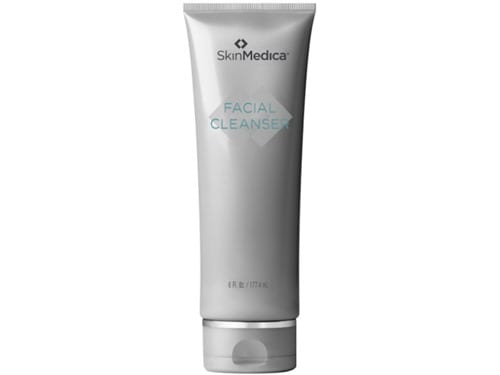
Kicking off your morning skin care routine with a hydrating cleanser is one of the best treatments for dehydrated skin, like SkinMedica Facial Cleanser. This foaming gel cleanser lathers up to remove makeup, dirt and acne-causing bacteria and also helps bind moisture into your skin with hydrating ingredients, such as vitamin B5 and glycerin. It also contains green tea extract, which is packed with antioxidants to defend against free radical damage that can result in premature signs of aging.
2) Incorporate a hydrating serum
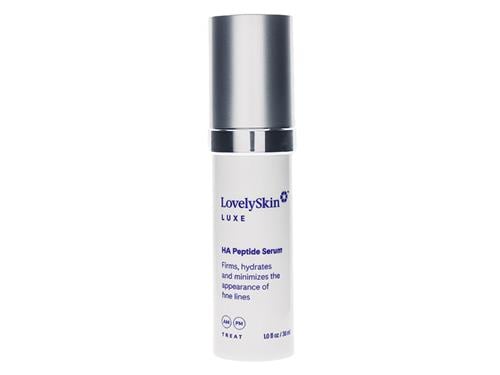
Applying a facial serum that’s enriched with the hydrating powers, like those of hyaluronic acid, makes for an effective next step. LovelySkin LUXE HA Peptide Serum is one of the best treatments for dehydrated skin because it combines hyaluronic acid to boost your skin’s moisture content along with skin-repairing peptides and apple stem cells. Persian silk tree extract also helps some of the telltale signs of fatigue that come along with dehydration, leaving you with more radiant-looking skin.
3) Add a hydrating mask
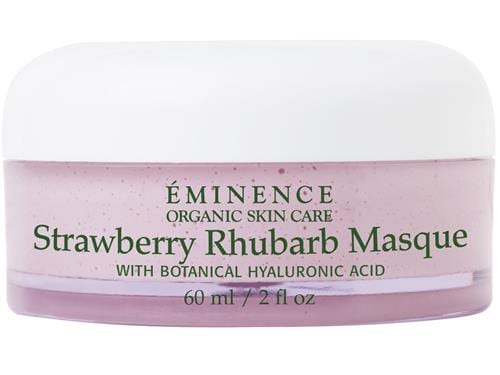
If your skin is still craving an additional boost of moisture, one of the best treatments for dehydrated skin is a face mask that you can apply once or twice weekly as needed. Eminence Strawberry Rhubarb Masque with Hyaluronic Acid is formulated to provide skin hydration using hyaluronic acid and natural exfoliation to brighten dull skin with salicylic acid.
Bonus: Because this face mask also contains shea butter and grape seed oil, two moisturizing ingredients that help combat dryness, it is an excellent choice for skin that is both dry and dehydrated.
The best treatments for dry skin contain emollient ingredients that function in place of your skin’s natural oils to help seal in moisture to prevent it from escaping. Here are three of our favorite ways to help remedy dry skin. with some easy additions to your skin care routine.
1) Add a nourishing moisturizer
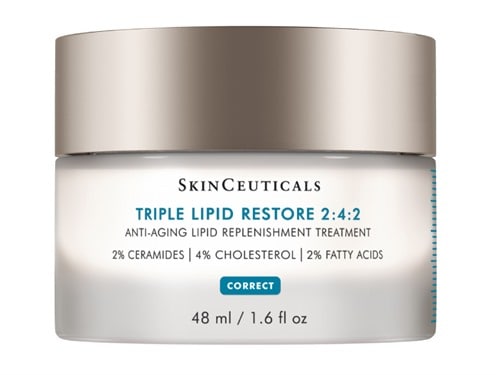
After cleansing, applying a lightweight moisturizer packed with potent emollient ingredients is one of the best treatments you can use at home for dry skin. SkinCeuticals Triple Lipid Restore 2:4:2 Anti-Aging Cream is a holy grail product for those struggling with dry skin. This dry-skin must-have is formulated with a patented percentage of 2% ceramides, 4% natural cholesterol and 2% fatty acids to help support your skin’s natural moisture barrier and restore youthful elasticity. If you’re experiencing skin irritation as a result of retinol use, this formula also helps shorten the adjustment period up to one week.
Bonus: This face cream works well to combat both dryness and dehydration as it also contains glycerin, a potent hydrating ingredient.
2) Try a facial oil
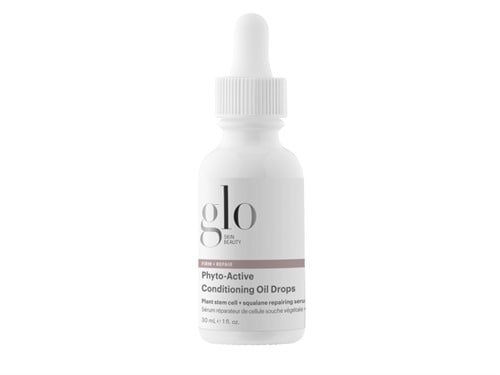
Adding a facial oil to your skin care routine can help guard against moisture loss and replenish the natural oils that your skin is lacking. Glo Skin Beauty Phyto Active Conditioning Oil Drops contains squalane, which is one of the best ingredients to use for dry skin. “Squalane is a very effective ingredient when it comes to treating dry skin because it actually imitates your skin’s natural oils,” Dr. Schlessinger says. Jojoba seed oil and argan oil round out this nourishing formula, which can be used solo or mixed into your favorite face mask or foundation for a moisturizing boost.
3) Treat problem areas with a medicated balm
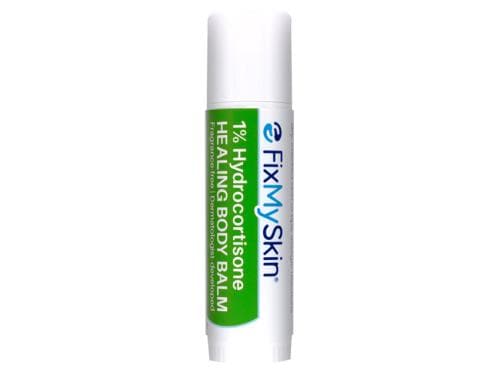
For trouble spots where you struggle with dryness or irritation, such as the corners of lips, eyelids or cuticles, FixMySkin 1% Hydrocortisone Healing Body Balm can help. Dr. Schlessinger and his son, Dr. Daniel Schlessinger, created this formula, which contains hydrocortisone combined with shea and cocoa butters to help relieve dry itchy skin, reduce flakiness and maintain your skin’s natural moisture barrier. A smaller version for lips is also available in unflavored and vanilla versions.
Struggling with dehydrated hair as well? Check out our picks for the eight best hydrating hair masks for total hair transformation.









